This research-line relates with the conversion of a variety of renewable sources (solar, wind, geothermal, ocean, biomass) into clean energy carriers (electricity, heat, cold, hydrogen). Most of the research activity is focused on conceiving innovative, high performance and cost-effective solutions to exploit renewable energy, including advanced plant configurations, power cycles, working and heat carriers fluids, storage systems, hybrid plants, etc. Plant performance simulation is carried out by means of in-house developed software tools and/or commercial simulation programs, in design, transient and off-design conditions. Results are compared with data from real-scale plants or custom developed plants located in our labs. The final assessment of plant performance encompasses both technical and economical aspects of the considered solutions.
Concentrating Solar Power
The possibility of storing at low cost solar thermal energy makes CSP one of the key renewable technologies. The activity is mainly focused on modelling of conventional and advanced CSP systems. In particular:
Techno-economic analysis of Large and small scale CSP plants (solar towers, parabolic trough, Dish, Fresnel system) for electric energy generation.
Modelling of specific CSP subcomponents (e.g., Thermal Energy Storage, Solar Receiver, Solar Collector, Power Block)
Modelling of advanced systems for solar fuels production (thermochemical cycles, high temperature electrolysis)
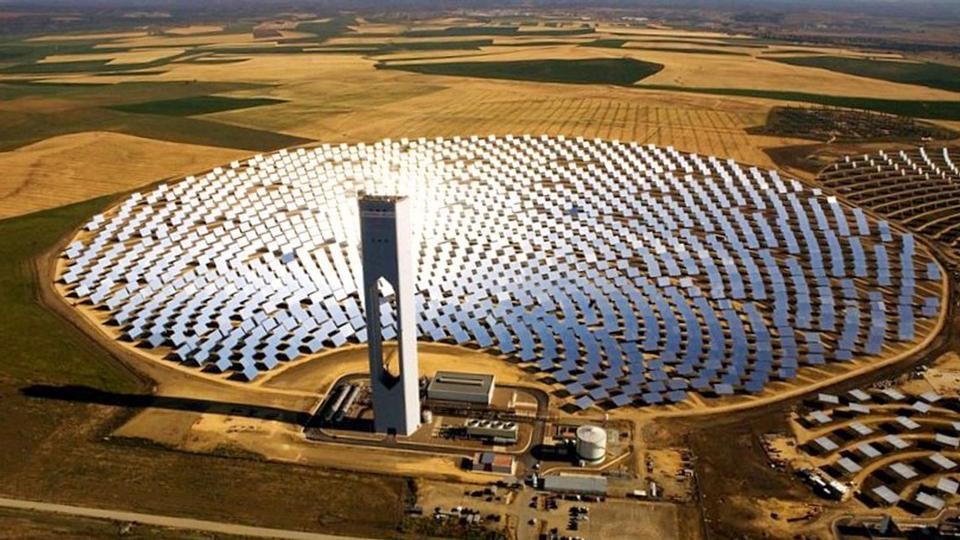
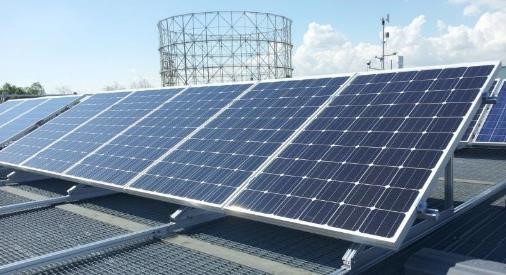
Solar Photovoltaic
The activity on PV, boosted by the installation of the SolarTech lab, allows to simulate, model and test different types of devices:
Conventional PV systems
Hybrid PVT systems for cogeneration
Advanced concentrating PV with reflective and refractive optics
Analysis and simulation of smart grids with PV
Bioenergy and Waste-to-Energy
Most of the activities on biomass and waste recovery are carried out at LEAP & MatER Study Center
Modeling of integrated systems for power generation and district heating supply
Efficiency evaluation of conventional and advanced Waste-to-Energy (WtE) facilities
Innovative thermo-chemical processes (ex. gasification and pyrolysis) and synthetic fuels production
Biogas upgrading technologies and biomethane value chain development
Thermal characterization of industrial combustion chambers
Performances and emissions experimental assessment of small scale biomass fired boilers
Energetic use of Microalgae
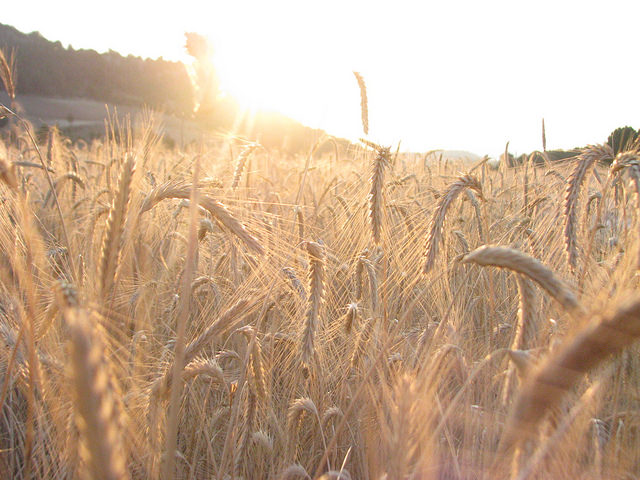
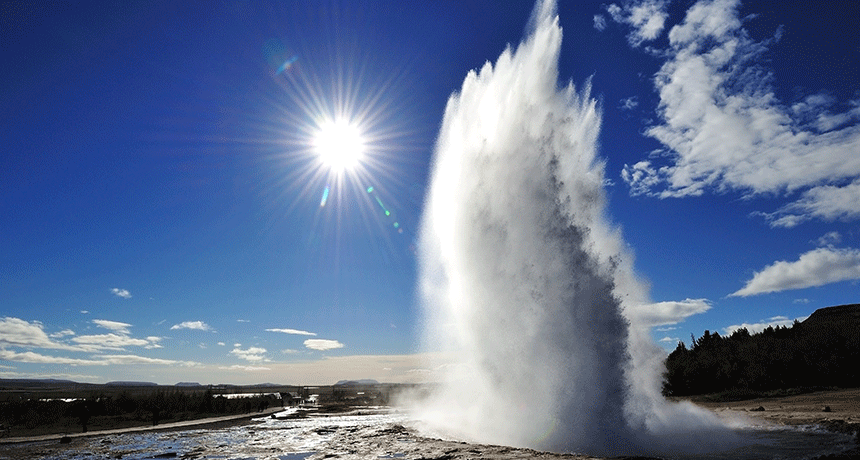
Geothermal energy
This abundant and versatile renewable resource, continuously available 24 hours a day, can be exploited for several uses. This subject has been investigated for many years and the GECOS group has a deep knowledge of the whole spectrum of technologies to generate electrical energy from geothermal sources, with particular expertise in ORC technology. The research activity involves:
Modelling and techno-economic analysis of high enthalpy and low enthalpy geothermal plants
Modelling and optimisation of geothermal plants for power, heat and cold production
Management of smart thermal networks
Cooperation with the main European stakeholders in the frame of geothermal energy
Hydropower
Hydroelectric power generation provides 67% of the world renewable electricity and ensure high flexibility to the grid through storage and pumping-storage plants. Our research activity includes:
Optimisation of the preliminary design stage of the plant through the development of custom SAS tools for automatic turbine sizing
Design and optimisation of Archimedean screw turbines and innovative plant layouts for low-head applications
Energy-potential assessment and plant design for irrigation and drinking-water networks
Drive train modelling and performance assessment of existing plants
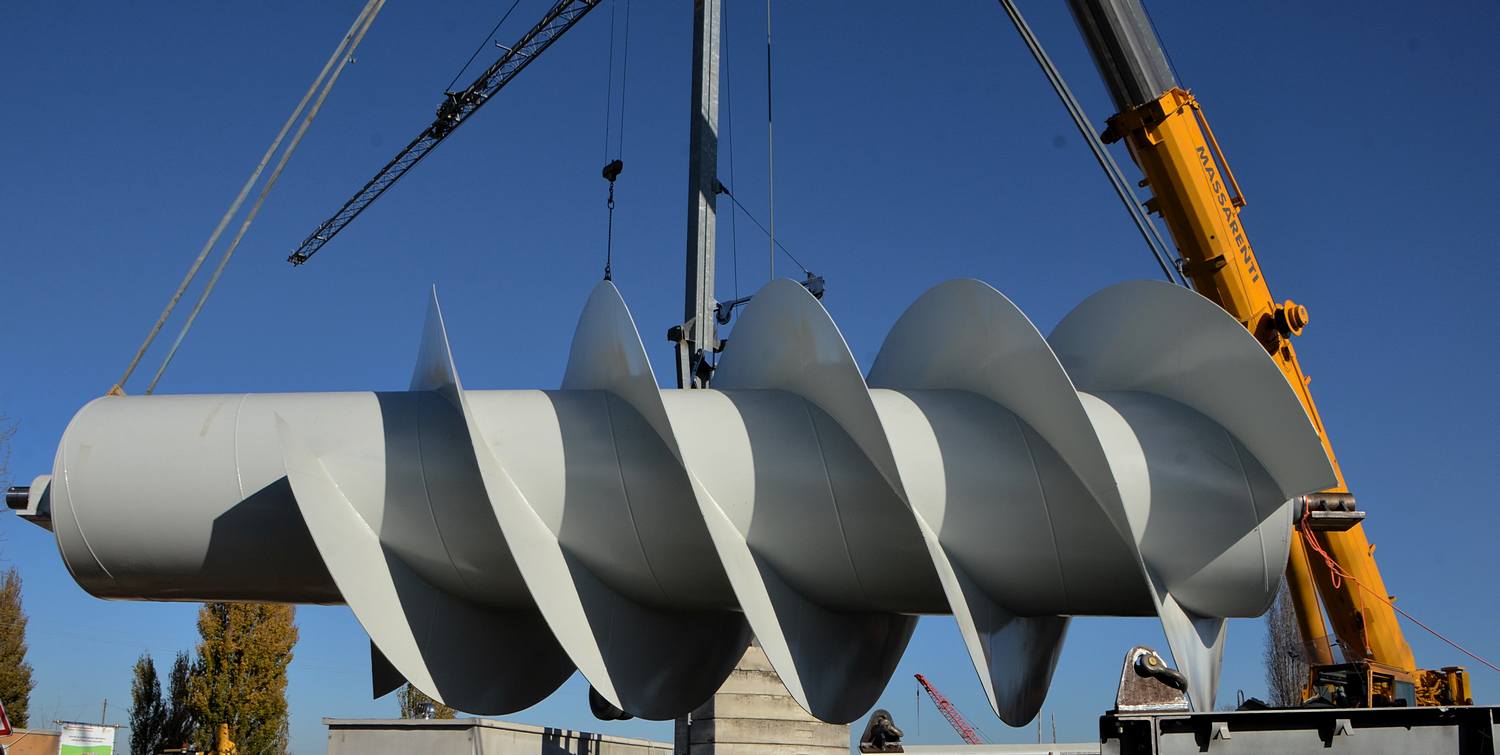
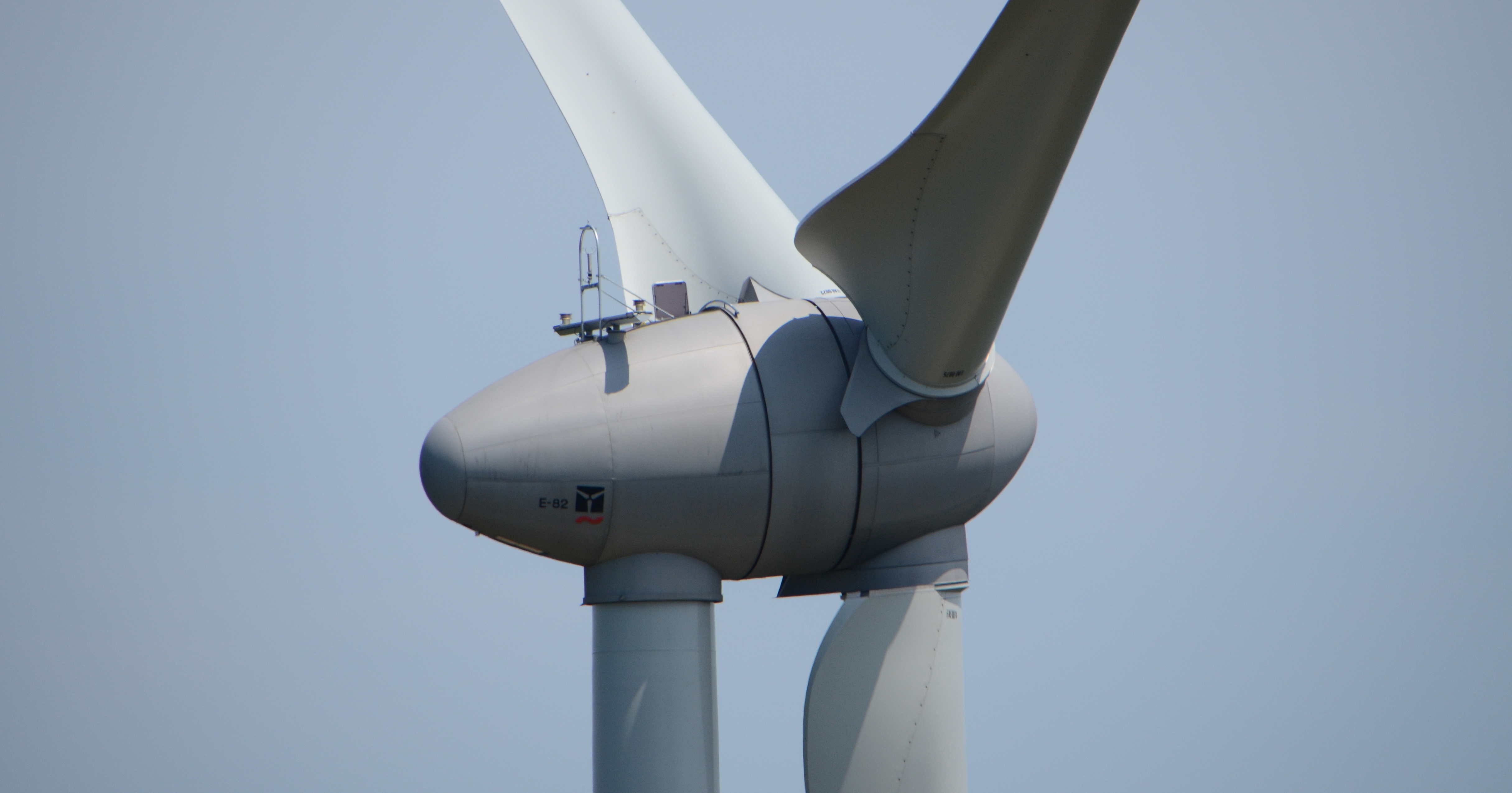
Wind power
Global installed capacity from wind power is strongly increasing with a ratio of 15% per year. Our research activity focuses on the following topics:
Performance assessment of existing wind turbine generators including drive-train modelling and production forecast
Analysis and simulation of load-balancing energy systems
Ocean energy, hybrid plants and other renewable technologies
Techno-economic analysis of plants exploiting ocean thermal gradient (OTEC plants) and salinity gradient
Modelling and techno-economic analysis of hybrid plants, integrating different renewable sources (solar, geothermal, biomass, OTEC and possibly others), with special emphasis on plants based on ORC technology
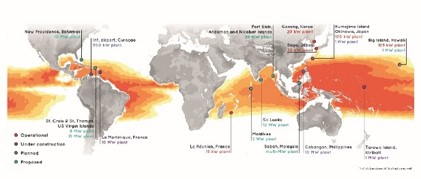
For further information on solar technologies: Prof. Giampaolo Manzolini (giampaolo.manzolini@polimi.it)
For further information on bioenergy technologies: Prof. Matteo Romano (matteo.romano@polimi.it)
For further information on waste-to-energy: Prof. Stefano Consonni (stefano.consonni@polimi.it)
For further information on hydro, wind, geothermal, and other RES: Prof. Paolo Silva (paolo.silva@polimi.it)
Recent publications
Sorry, no publications matched your criteria.
